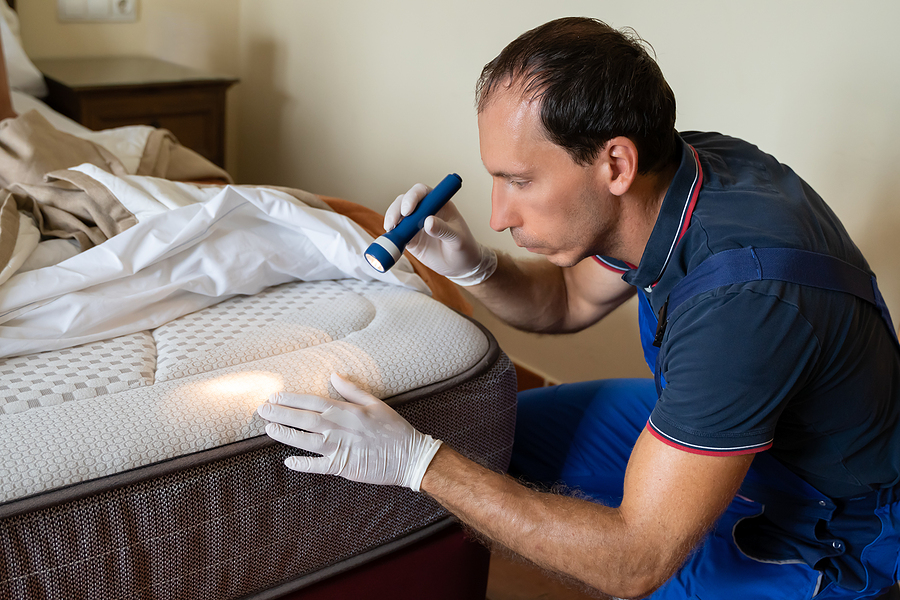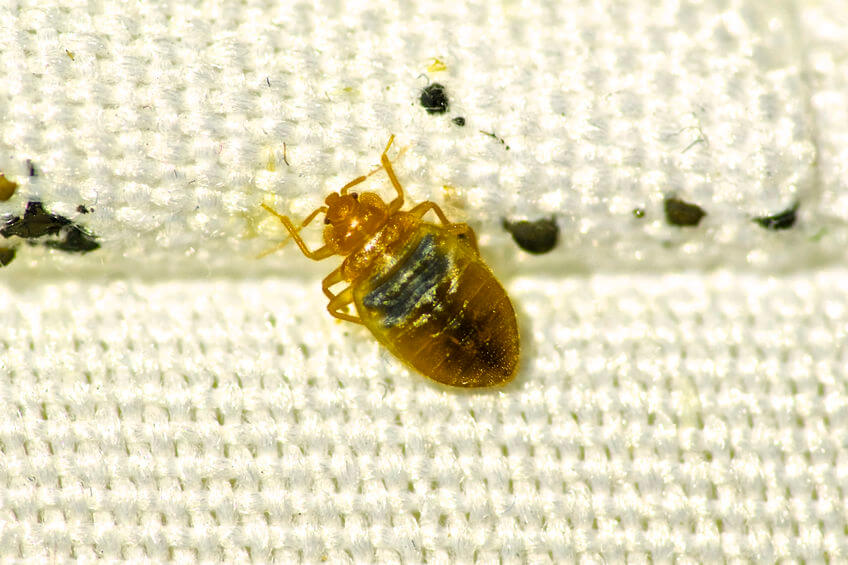The Development of Insect Control Services: Modern Techniques for a Pest-Free Home
From standard parasite control methods to the appearance of environment-friendly remedies, the advancement of insect management solutions has been marked by a continual mission for much more effective and lasting techniques. The most interesting element lies in the modern approach of integrated parasite administration, an all natural method that promises an extensive solution to pest control.
Historic Insect Control Approaches
Throughout background, bug control methods have actually progressed dramatically from simple practices to more innovative techniques. In ancient worlds, people utilized all-natural remedies such as planting certain herbs to prevent bugs or using pet cats to catch rats. The first recorded use of chemicals for bug control days back to around 2500 BC in Sumeria, where sulfur compounds were utilized to fumigate homes. The Chinese likewise created very early kinds of pesticides using arsenic and mercury around 1000 BC.
During the Middle Ages, felines were extremely valued for their bug control capacities, resulting in the extensive domestication of these pets. The bubonic plague break out in Europe during the 14th century triggered the execution of public wellness measures to manage rats and fleas, the carriers of the condition. With the commercial transformation came improvements in bug control, consisting of the invention of the first pesticide, pyrethrum, in the very early 19th century. These historic techniques set the foundation for the much more sophisticated bug control techniques we count on today.
Emergence of Eco-Friendly Solutions
In the last few years, there has been a remarkable change towards the fostering of eco-friendly solutions in the area of bug control. This movement stems from raising understanding of the ecological effect of conventional insect control approaches, which usually entail the use of damaging chemicals that can present threats to human wellness, non-target varieties, and communities. Eco-friendly parasite control services focus on making use of all-natural, non-toxic options to efficiently manage bug populaces while reducing injury to the atmosphere.
One trick aspect of environment-friendly pest control is the application of integrated bug monitoring (IPM) approaches. IPM focuses on preventing and controlling parasites through a combination of strategies such as organic control, habitat modification, and making use of green products like botanical insecticides. By targeting the source of pest invasions and utilizing lasting practices, environment-friendly pest control techniques offer lasting services that are both eco liable and reliable.

Evolution of Insect Discovery Modern Technology
Advancing at a fast rate, parasite detection innovation has actually undertaken considerable evolution in recent years, changing the way insect control services run. Traditional approaches of bug discovery, such as aesthetic examinations and bait catches, have actually been supplemented or changed by even more effective and ingenious technologies. One of one of the most remarkable advancements is the usage of infrared electronic cameras and thermal imaging top rated pest control companies to detect pests concealed within wall surfaces, ceilings, or other structural components. These modern technologies can recognize warm signatures sent out by parasites, giving bug control specialists with valuable info on problem places without the requirement for intrusive measures.
Furthermore, the advancement of screens and sensing units geared up with fabricated intelligence has allowed continual monitoring of bug task in business and residential areas. These tools can discover modifications in temperature level, humidity levels, and even pest activities, notifying homeowners or bug control business to potential problems immediately. Additionally, innovations in remote tracking systems enable real-time data collection and analysis, enhancing the accuracy and efficiency of bug discovery initiatives. On the whole, the advancement of parasite discovery technology has actually substantially boosted the effectiveness and precision of pest control solutions, helping to guarantee pest-free settings for homeowner.
Modern Insect Exclusion Techniques
The development of bug discovery modern technology has led the way for the implementation of contemporary parasite exemption techniques, improving the thorough technique to pest control solutions. Modern pest exclusion techniques focus on avoiding bugs from getting in buildings instead of taking care of invasions after they occur. One secret technique is sealing access points such as gaps around home windows and doors, vents, pipes, and cracks in wall surfaces to deny pests accessibility to indoor areas. Installing door sweeps, displays, and mesh barriers can likewise efficiently obstruct their entry. In addition, the usage of fine-mesh metal displays on vents and chimneys prevents insects like rats and birds from penetrating buildings. Employing methods such as caulking, weatherstripping, and mounting barriers like wire mesh throughout building and construction or remodelling can significantly decrease the danger of parasite intrusion. By proactively excluding home owners, pests and companies can develop an extra resistant defense against invasions, promoting a pest-free atmosphere and minimizing the requirement for substantial bug control actions.
Integrated Parasite Administration Strategies

Tracking is one more important part of IPM, enabling very early discovery of parasite activity and enabling for timely treatment. When insects are identified, control approaches are carried out based on the certain insect species and the level of the invasion.
Conclusion
In verdict, the development of pest control solutions has resulted in the development of even more environmentally friendly and reliable strategies for keeping a pest-free home. From typical approaches to contemporary technologies, the sector has actually made significant innovations in pest administration, exemption, and discovery. By including integrated parasite management strategies, homeowners can currently gain from a thorough method to maintaining have a peek here bugs away, making sure a risk-free and healthy living atmosphere.
These tools can discover adjustments in temperature level, humidity levels, and even pest activities, alerting house owners or parasite control companies to prospective concerns promptly. Overall, the development of parasite detection innovation has actually dramatically improved the performance and precision of parasite control services, helping to make sure pest-free settings for property owners.
The development of pest detection technology has paved the method for the execution of modern-day parasite exemption strategies, enhancing the detailed strategy to pest control solutions.Integrated Bug Management Techniques include a holistic strategy to pest control that highlights prevention, tracking, and control methods to successfully handle pest populaces (philly pest control philadelphia bed bugs). When parasites are determined, control techniques are implemented based on the certain pest types and the level of the infestation